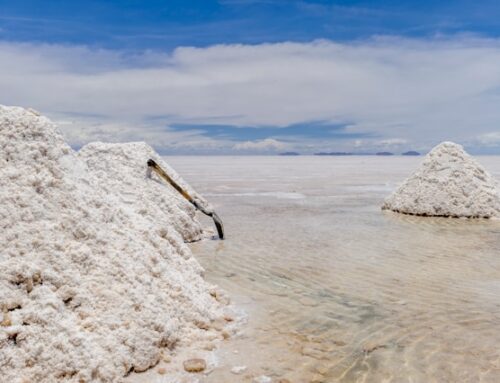Elementary, my dear Watson! Today, we delve into the curious case of the petrodollar, a financial enigma that has shaped the global landscape for decades.
The story begins in the aftermath of the Second World War. The Bretton Woods Agreement established the US dollar as the world’s reserve currency, pegged to the value of gold. This gilded system, however, faced a challenge in the 1970s. The US, a net oil importer, watched helplessly as oil prices skyrocketed due to the OPEC oil crisis.
Enter Saudi Arabia, a major oil producer. In 1973, a shrewd agreement was struck. The US, under President Nixon, promised military protection and access to advanced technology. In return, the Saudis agreed to exclusively price their oil exports in US dollars. Thus, the petrodollar was born.
This seemingly simple deal had far-reaching consequences. Oil-producing nations accumulated vast reserves of US dollars. Imagine, Watson, the sheer volume – estimates suggest a petrodollar surplus of over $3.2 trillion annually at a hypothetical price of $100 per barrel!
The story, however, has a prequel – one that predates the oil crisis of the 1970s. We must rewind to the mid-1940s, to a pivotal meeting on the deck of a US Navy cruiser. Here, President Franklin Delano Roosevelt, fresh from the Yalta Conference, engaged in a historic dialogue with a key figure from the Arabian Peninsula – King Abdul Aziz Ibn Saud, the founder of modern Saudi Arabia.
This 1945 meeting aboard the USS Quincy in the Suez Canal, though seemingly insignificant at the time, laid the groundwork for the future US-Saudi relationship. While the details are debated, it’s believed that discussions touched upon securing a reliable oil supply for the US in exchange for American support and technology.
Fast forward to the 1970s. The seeds sown decades earlier sprouted when the US, facing an oil crisis, struck a formal deal with Saudi Arabia. This agreement, as mentioned before, solidified the petrodollar system, where oil was exclusively priced in US dollars.
These petrodollars flooded the global financial system. Here’s the clever bit: instead of simply hoarding these dollars, oil producers recycled them back into the US economy by purchasing US Treasury bonds and other dollar-denominated assets. This boosted the value of the US dollar, making it even more attractive for oil transactions – a self-perpetuating cycle.
The US benefitted immensely. It enjoyed a lower cost of borrowing, a powerful tool for national development. American companies gained a competitive edge due to the strong dollar. The petrodollar system, in essence, became a pillar of American economic and geopolitical might.
The petrodollar system, like any good mystery, had its twists. The US, once a net oil importer, has become a major producer itself. Additionally, other countries are vying to dethrone the US dollar’s dominance in global finance.
Has the reign of the petrodollar truly ended, Watson? The jury is still out. While its absolute dominance might be waning, the US dollar remains a significant player in the global financial arena. The petrodollar system, a product of a specific time and circumstance, has left an undeniable mark on history. As for its future, that remains a mystery waiting to be unravelled.
But was this a case of perpetual dominance, Watson? Not quite. The story takes a twist in recent decades. The US, thanks to advancements in fracking technology, has become a major oil producer itself. This reduces its reliance on foreign oil, and consequently, petrodollars.
Furthermore, countries like China and Russia are challenging the US dollar’s dominance by promoting alternative reserve currencies and oil pricing mechanisms. The whispers of the “petrodollar’s demise” have grown louder.
Has the reign of the petrodollar truly ended, Watson? The jury is still out. While its absolute dominance might be waning, the US dollar remains a significant player in the global financial arena. The petrodollar system, a product of a specific time and circumstance, has left an undeniable mark on history. As for its future, that remains a mystery waiting to be unravelled.
Until next time, dear reader, keep your eyes peeled for the next curious financial case!


